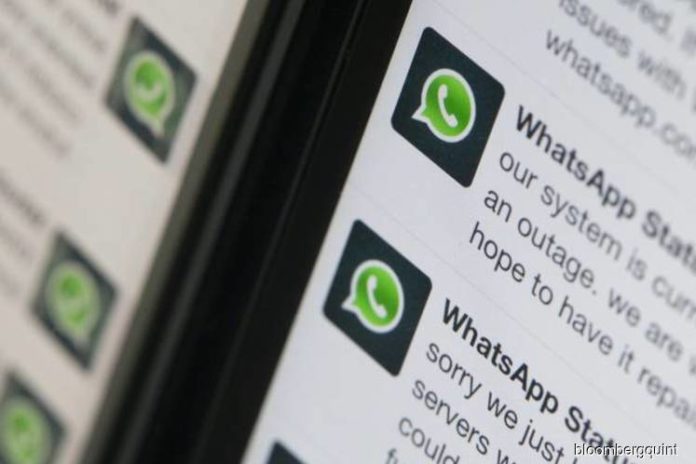Facebook, WhatsApp’s parent, and India’s richest man, who started Reliance Jio, are teaming up to draw hordes of customers with cheap phones, rock-bottom rates and handy messaging services.
One recent afternoon in the Indian city of Pune, a 35-year-old mason named Om Prakash Gaekwad gets a crash course in technology. He watches a street-corner skit explaining the virtues of WhatsApp’s messaging service and Reliance Jio’s wireless network.
He then climbs aboard a truck to find out how to set them up. Half an hour later, he’s made up his mind: He’ll upgrade to a new phone so he can negotiate masonry rates on WhatsApp — and let his six-year-old play mobile games.
Such pitches — part tutorial, part kitsch — are boosting web adoption in what is already the world’s fastest-growing major internet market. Facebook, WhatsApp’s parent, and India’s richest man, who started Reliance Jio, are teaming up to draw hordes of customers with cheap phones, rock-bottom rates and handy messaging services. Facebook’s role in all this is so central that, in rural regions, handsets with Net access are dubbed “WhatsApp phones.”
The two companies are building a massive user base that will boost their own fortunes. At the same time, they’re creating the foundation on which business like online retail, digital payments and food delivery can be built. Reliance Jio and WhatsApp wouldn’t comment directly on future plans, but experts see more collaboration as inevitable.
“It’s a natural alliance because it gives WhatsApp access to tens of millions of new customers through Reliance Jio,” said Nandan Nilekani, technology investor and co-founder of tech outsourcing giant Infosys Ltd. In turn, Reliance gets a lift because millions of neophytes see WhatsApp as the first step in entering the rest of the Internet.
India already has 480 million internet users — about 75 percent more than the U.S. and second only to China. That figure is projected to grow to 737 million by 2022, according to Forrester Research. “The next 500 million users are yet to be captured,” said Satish Meena, a forecast analyst at Forrester.


















































